Yellow Long Neck Fig: Grow & Care
Introduction
The Yellow Long Neck Fig (Ficus carica) is a delightful addition to any garden or patio, known for its distinctive elongated yellow fruits and rich flavor. With over a decade of gardening experience, I can say that figs are one of the most satisfying fruit trees to grow—especially when you’re able to harvest them right from your garden. The Yellow Long Neck Fig stands out not only because of its unique fruit but also for its ease of care. If you’re looking for a beautiful tree that rewards you with delicious fruit, keep reading as I walk you through the best tips for growing, harvesting, and caring for this exceptional fig tree.

What is the Yellow Long Neck Fig?
The Yellow Long Neck Fig is a unique variety of fig tree that produces elongated, yellow fruits, offering a visually striking contrast to the more common green or purple figs. Unlike other figs, this variety is prized for its smaller, more elongated shape, and vibrant yellow skin. The figs are sweet, with a delicate flavor and a smooth texture, making them perfect for fresh snacking or culinary uses.
This tree is relatively compact and can grow up to 15-20 feet tall, but with proper pruning, it can be maintained at a smaller size. Whether you’re growing it in a container or in the ground, the Yellow Long Neck Fig can adapt to various garden setups, making it a versatile addition to your space.
Background and Origins
Figs, including the Yellow Long Neck variety, boast a history that spans back to ancient civilizations. Native to the Mediterranean region and parts of Asia, people cultivated figs as early as 5,000 years ago. The Yellow Long Neck Fig likely originated in the Middle East or Mediterranean, where it gained value for both its fruit and ornamental beauty. Ancient texts, including the Bible, reference figs as symbols of prosperity and fertility.
Today, fig trees thrive in many parts of the world, from the warm climates of the southern United States to regions of Europe and Asia. Although the Yellow Long Neck Fig is less commonly grown than its purple or green counterparts, it has gained popularity for its unique appearance and sweet flavor, making it a favorite among home gardeners and culinary enthusiasts.
Plant Profile
The Yellow Long Neck Fig is a deciduous tree that can grow to a height of 15-20 feet with a spread of about 10-15 feet, depending on the growing conditions. The tree features broad, deeply lobed leaves that provide ample shade during the warmer months. The most attractive feature, however, is the vibrant yellow figs that hang from the branches in late summer or early fall. These figs are smaller and elongated, with a smooth skin and sweet, succulent flesh.
The tree is hardy in USDA zones 8-10, making it ideal for warmer climates, though it can be grown in containers in cooler regions. Figs are known for their deep root systems, so it’s essential to plant the Yellow Long Neck Fig in well-draining soil to promote healthy root growth and prevent root rot.
Why Grow a Yellow Long Neck Fig?
Growing a Yellow Long Neck Fig is not only about the sweet fruit; it also brings several additional benefits. Figs, including the Yellow Long Neck variety, are relatively low-maintenance and adaptable to different soil types, making them an excellent choice for both beginner and experienced gardeners. Once established, fig trees are drought-tolerant and require minimal watering.
Aside from being a source of delicious fruit, fig trees also provide a beautiful aesthetic to your garden. The large, lush leaves create a tropical atmosphere, and the yellow figs add a pop of color to your space. Fig trees also attract pollinators, like bees and butterflies, to your garden, which can improve the overall health and biodiversity of your plants.
How Does the Yellow Long Neck Fig Bloom?
The Yellow Long Neck Fig, like all fig varieties, produces its “flowers” inside the fruit itself. This unique feature means that the blooms are not visible in the traditional sense. Instead, fig trees produce a syconium, a specialized flower structure that contains tiny flowers inside. Pollination of the fig typically occurs through specific species of wasps, which enter the fruit through a small opening at the base and pollinate the flowers inside.
The tree typically produces fruit twice a year: once in late spring and again in early fall. The yellow figs ripen slowly and reach their peak sweetness when they turn a rich yellow color and become soft to the touch. The blooming and fruiting cycle is largely dependent on the climate and growing conditions, but with enough sunlight and care, this fig tree can provide a consistent harvest.
How to Grow Yellow Long Neck Fig
Growing a Yellow Long Neck Fig tree is relatively easy as long as you follow a few key steps:
- Choose the Right Location: Figs love sunlight, so plant your Yellow Long Neck Fig in a location that receives at least 6-8 hours of direct sunlight each day. If you’re growing it indoors or in a container, make sure it gets plenty of light from a south- or west-facing window.
- Soil Preparation: Figs prefer slightly alkaline, well-draining soil. While they can tolerate various soil types, it’s crucial that the soil drains well to prevent root rot. Before planting, amend the soil with compost to improve its texture and fertility.
- Watering: Once planted, water your fig tree regularly, ensuring that the soil stays consistently moist but not soggy. Figs are drought-tolerant once established, but they will thrive with regular watering, especially during the growing season.
- Fertilizing: Figs are not heavy feeders, but they benefit from light fertilization in early spring to promote healthy growth and fruit production. Use a balanced, slow-release fertilizer or compost to feed your tree.
- Pruning: Prune your Yellow Long Neck Fig tree to remove any dead, damaged, or crossing branches. Pruning helps improve air circulation and light penetration, which encourages fruiting and reduces the risk of disease.
How to Grow Yellow Long Neck Fig in Containers
If you don’t have a lot of space or live in a cooler climate, growing the Yellow Long Neck Fig in a container is an excellent option. Here’s how to do it:
- Choose a Large Container: Select a container that is at least 18-24 inches in diameter with good drainage holes. Fig trees need room for their roots to expand, so make sure the pot is large enough.
- Soil: Use a well-draining potting mix, adding some perlite or sand to improve drainage. This ensures that the roots won’t sit in water and helps prevent root rot.
- Watering: Since containers dry out more quickly than garden soil, make sure to water the tree regularly. Check the soil moisture frequently, especially during hot weather, to keep it consistent.
- Fertilizing: Feed your container-grown fig with a balanced, slow-release fertilizer. You can also add compost to provide organic matter and improve soil structure.
- Repotting: Fig trees may need to be repotted every few years as they grow. When repotting, choose a slightly larger container to give the tree more space to grow.
Top Tips for Growing Yellow Long Neck Fig
Growing the Yellow Long Neck Fig can be an incredibly rewarding experience if you follow a few key tips to ensure the best growth and fruit production. Here are my top tips to keep your fig tree healthy and thriving:
- Sunlight is Crucial: The Yellow Long Neck Fig thrives in full sunlight, so make sure to plant it in a spot that gets at least 6-8 hours of direct sunlight each day. If you’re growing it indoors or in a container, ensure it’s placed by a window that receives plenty of natural light.
- Watering Consistency: While figs are relatively drought-tolerant once established, they do best with consistent watering, especially in their first few years. Water the tree deeply, but allow the soil to dry out slightly between waterings to avoid root rot.
- Avoid Overcrowding: When planting multiple fig trees, ensure there’s enough space between each tree for air circulation and root expansion. This reduces the chance of disease and helps your tree grow more vigorously.
- Prune Regularly: Regular pruning helps maintain a healthy shape and encourages more fruit production. Trim back any dead or damaged branches, and shape the tree to improve airflow and light penetration.
- Mulching: Apply a layer of organic mulch around the base of the tree to retain moisture, suppress weeds, and maintain a steady soil temperature. Mulch also improves the soil quality as it breaks down over time.
By following these tips, you’ll be able to cultivate a healthy, productive Yellow Long Neck Fig that will provide you with sweet, delicious fruit year after year.
Fun Facts About the Yellow Long Neck Fig
- Ancient History: Figs have been cultivated for thousands of years and were one of the first plants to be domesticated in the Mediterranean region. The Yellow Long Neck Fig, though relatively new in cultivation, carries this long and storied history of fig-growing.
- Fig Trees Produce “Inside-Out Flowers”: Figs are unique in that their flowers grow inside the fruit, making them one of the few plants that don’t have visible flowers. Instead, the fig’s “flower” is the small, hidden blossoms inside the fruit itself!
- Self-Pollinating: One of the benefits of growing a Yellow Long Neck Fig is that it’s self-pollinating. You don’t need another tree for pollination, which means you’ll have a steady harvest even if you only plant one tree.
- Health Benefits: Figs are incredibly nutritious! They are packed with fiber, vitamins, and antioxidants, making them a heart-healthy snack. Plus, they contain potassium, which helps maintain healthy blood pressure.
- Fig Leaves are Edible Too: The leaves of the fig tree, including the Yellow Long Neck Fig, are sometimes used in cooking, especially in Mediterranean cuisine. You can use them to wrap food for grilling or steaming, imparting a unique flavor.
How to Harvest Yellow Long Neck Fig
Harvesting the Yellow Long Neck Fig is a rewarding experience. Here’s how to do it:
- Timing: Yellow Long Neck Figs are ready for harvest when they turn a vibrant yellow and become soft to the touch. This typically happens in late summer or early fall.
- Method: Gently pick the figs from the tree by twisting them off the stem. Be careful not to damage the tree or the fruit.
- Storage: Fresh figs are best eaten immediately, but you can store them in the fridge for a few days. For longer storage, you can freeze the figs or dry them to preserve them for later use.
Benefits of Growing Yellow Long Neck Fig
- Delicious, Fresh Fruit: The main benefit of growing Yellow Long Neck Figs is the sweet, succulent fruit they provide. The figs are perfect for snacking or using in recipes like jams, salads, and desserts.
- Low Maintenance: Once established, fig trees are relatively low-maintenance. They don’t require frequent watering or fertilizing and can tolerate a variety of soil types.
- Attractive Tree: The Yellow Long Neck Fig tree itself is beautiful, with large, lobed leaves and unique yellow fruit. It adds a tropical feel to any garden.
- Health Benefits: Figs are rich in fiber, antioxidants, and important vitamins, making them a healthy addition to your diet.
Companion Plants for Yellow Long Neck Fig
If you want to create a vibrant, productive garden, consider pairing your Yellow Long Neck Fig with these plants:
- Herbs like Basil and Thyme: These herbs thrive in the same conditions as figs and can be planted underneath the tree.
- Strawberries: Strawberries grow well in the shade of fig trees and can be an excellent companion for maximizing space in your garden.
- Sunflowers: These tall, bright flowers complement the fig tree beautifully, attracting pollinators like bees and butterflies.
Conclusion
The Yellow Long Neck Fig is a fantastic tree to add to any garden, offering sweet, vibrant fruit and a tropical aesthetic. Whether you’re growing it in the ground or in a container, this tree requires minimal care and rewards you with an abundant harvest. With a little attention and patience, you’ll soon be enjoying your own fresh figs right from your garden. For more gardening tips, explore our articles on how to grow portobello mushrooms and how to prune blackberry bushes. These guides will help you cultivate a thriving garden full of delicious, home-grown produce!


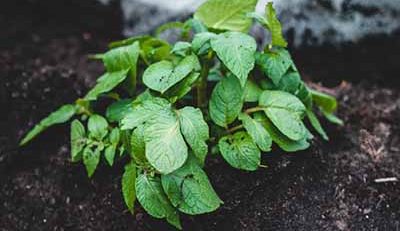
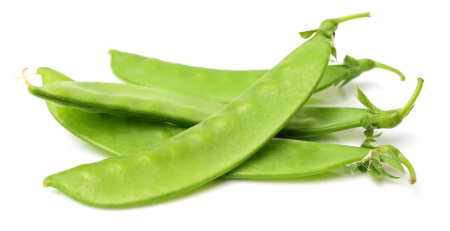
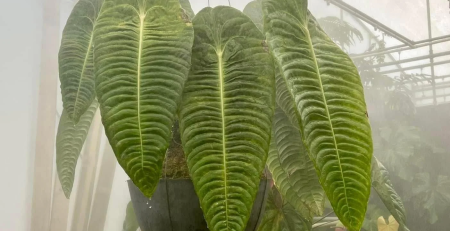
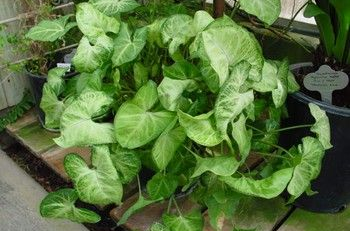
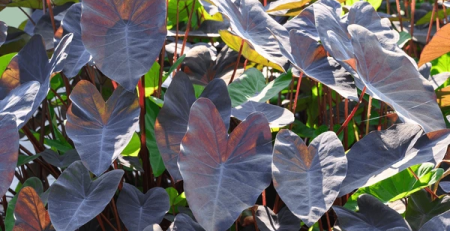
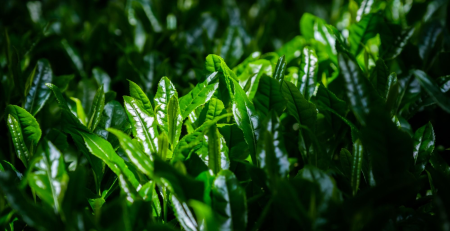
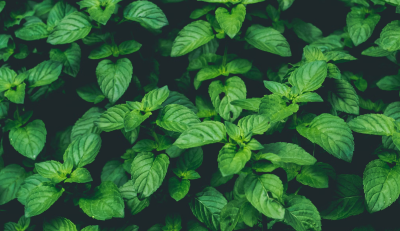
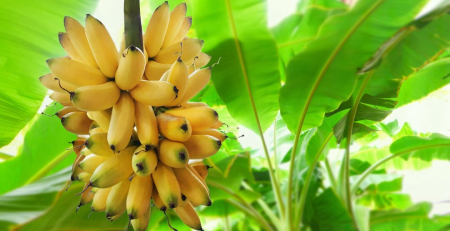
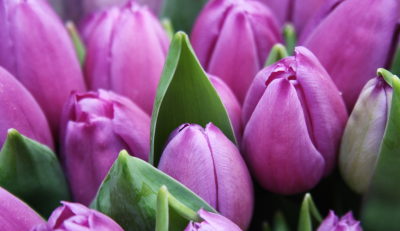
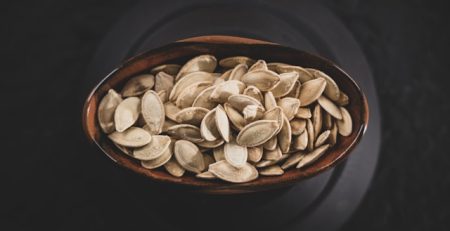
Leave a Reply